Saber and checker: so similar and so different
It should be remembered that under the names of sabers and checkers may be hiding a variety of edged weapons. For many centuries, both types of blades have come a long way, as a result of which a large number of weapon types have appeared with some differences and a number of similarities. It is probably for this reason that it is often not specific specimens that are subjected to comparison, but only their main features. However, such a comparison has both advantages and disadvantages.
Historical blades
It is believed that the first sabers were created by the Turkic armorers around the 7th century AD. This weapon was actually a modified broadsword, which received a slight bend of the blade. The single-edged blade of a curved shape, having sufficient dimensions, was fairly light, and because of this, showed certain advantages over the swords of that time. Such weapons were primarily intended for cavalry and, in practice, showed themselves as a good tool for fighting foot soldiers.
At the turn of two millennia, sabers are widely distributed and are used in armies of different regions. One of their first mastered the warriors of ancient Russia, and then such weapons fell into Eastern Europe and the Middle East. As they spread, the saber was modified. New operators intended to use such weapons in various branches of the military and for different purposes, which led to some modifications of the appearance, including significant ones.
The development of sabers, aimed at optimizing their characteristics for different tasks, lasted until the XIX century. The gunsmiths tried different configurations of blades, created new versions of the hilt, and also experimented with the dimensions and weight of the weapon. As a result, a great many varieties of sabers with their own appearance appeared. In this case, some subclasses are similar to each other, while others differ so much that they can not be immediately recognized as related.
So, the European sabers of the New Age had a blade with a length of about 850-900 mm and a bend of at least 30-40 and not more than 50-60 mm. Such weapons were used by infantry and cavalry. On the navyin turn, the so-called boarding sabers - weapons with a blade not more than 500-600 mm long and a powerful hilt that provides maximum protection to the hand. In general, a large number of historical varieties of sabers are known, which had one or another difference due to the specific application.
It is simply useless to list all the countries that were armed with one or another version of the saber. Such a weapon was present in almost all the armies that followed the current trends in weapons business. Accordingly, sabers were regularly used on the battlefield and contributed to the course of many armed conflicts in almost all continents.
The first mentions of drafts belong to the XII century, and again promising weapons were created by the Turkic blacksmiths. As in the case of sabers, the checkers further developed and changed. The final appearance of modern checkers was established in the New time. In the distant past, such weapons were used by some Caucasian nations. Later on, the shashka came to the Terek and Kuban Cossacks. By the middle of the XIX century, such weapons were officially adopted by some Russian structures. A few decades later, the sword appeared in the army, seriously pushing the sword. The role of the latter was significantly reduced, and in some cases it was now only a parade weapon.
It should be noted that the replacement of sabers for checkers occurred only in Russia. Other countries continued to use sabers of existing designs, in some cases modifying and modifying them. Whether this was a consequence of the progressive views of the Russian command is a topic for a separate discussion.
The checkers managed to take part in all the major wars of the XIX century, and also found application in the battles of the last century. The last conflict with the noticeable use of drafts - as well as cold weapons in general - was the Second World War. By this time, the development of other types of weapons made the blades, at least, not the most convenient and useful weapon. In the future, edged weapons finally passed into the discharge of parade or award without any chance of returning to their previous status.
Technical issues
During its existence, the sabers and checkers were repeatedly changed, which led to the emergence of a mass of subclasses and types of cold weapons. In this regard, a direct comparison of different samples can often be difficult. To simplify the search for the answer to the traditional question “what is better?”, It is often possible to use a comparison not of specific samples, but of general features of the concept. With all its problems, such a comparison allows you to see the main differences of weapons, as well as understand why one of them gave way to another.
By the time of adopting the checkers in our country, European-style sabers were used - equipped with a relatively long blade with a significant bend. Such a weapon could have a total length of more than 1 m with a curvature up to 50-60 mm. The weight of such a saber could exceed 1 kg. Most often, the saber was balanced in the middle of the blade, which made it possible to increase its chopping effect. Such weapons were intended for use by cavalry and foot soldiers of different types of troops.
The main feature of the saber, distinguishing it from the weapons of older classes, was originally the bend of the blade. Due to this, the saber is able to have both a chopping and a cutting effect on the target. During the chop, the bend causes the blade to literally slide along the target, resulting in cutting. The increase in curvature leads to an increase in cutting action, but at the same time reduces the power of cutting. In sabers of different countries and epochs, a similar balance of characteristics was used in its own way, which led to the appearance of weapons of different forms.
The 19th century drafts differed noticeably from the sabers, although they were to some extent similar to them. With the same dimensions and similar curvature - and therefore similar cutting and chopping action - they did not have guards, and also differed in the configuration of the blades. There was usually no pronounced tip on the checkers, but there was a one-and-a-half sharpening. In addition, the center of gravity of the checkers was shifted to the tip. Proceeding from the speed and ease of use, the piece was often transferred upward in the sheath with the blade, which simplified the process of its extraction followed by a chopping strike.
One of the main differences between saber and swords is the method of its use in battle. The saber was intended both for striking and for protection against the enemy blade. This gave certain advantages, but to a certain extent made it difficult to train a fighter. In the case of a sword, the use of a weapon was reduced to a stabbing or slashing strike, while protection with a blade was not provided for.
It is the ease of use, and hence the ease of training a soldier, was one of the reasons for the gradual abandonment of sabers in favor of the drafts. So, the cavalryman of the Red Army had to master only four injections and three blows in different directions, after which he could effectively use his sword in battle. A full training in saber fencing would take much longer.
Logical replacement
At the end of the first third of the XIX century, in some army units of the Russian Empire, the available sabers were replaced with checkers. Further rearmament, however, was conducted quite slowly and took several decades. Only in 1881, it was decided to re-equip the bulk of the troops with swords with sabers replaced. Cavalry formations, officer corps and artillery passed rearmament. The number of sabers sharply decreased, and these weapons, in the main, retained the ceremonial role.
Different blades were designed for different types of troops, the configuration of which corresponded to the assigned tasks. First of all, the weapon differed in length and curvature of the blade, as well as the number and location of the valleys. Different forms and materials of the handles were also used, although their form, in general, was common to all samples. Later, several replacements of cold weapons were carried out several times, but the main weapon of the cavalry was still the checker.
The reasons for the gradual abandonment of sabers in favor of checkers are well known. Already in the middle of the XIX century, it became obvious that the main weapon of modern armies is a firearm, and the cold one now gets a secondary role. Even moving closer, the infantrymen had to use rifles and bayonets, and therefore the need for weapons with a long blade was reduced. At the same time, the cavalry still needed such means, and the specifics of its combat work made it possible to do without fencing skills. As a result, the cavalry, and after it, the other branches of the army decided to equip them with an easy-to-manufacture and mastering checker, which fully met the existing requirements.
Which is better?
When studying different types of weapons, the expected question necessarily arises: which one is better? In some situations, it does not make sense, while in others it is more correct to formulate a question that takes into account the conditions of use of the weapon. This is the case when comparing saber and checkers. And if you take into account the requirements, application features and other factors, it turns out that both classes of weapons are good in their own way.
The saber appeared many centuries ago, when a long blade was the main weapon of a soldier. With the help of a saber it was possible to inflict various blows, and in addition, it helped block or repel the attack of the enemy. The saber in its various manifestations was used in infantry, in cavalry and in the navy. By changing the configuration of the weapon, it was possible to obtain the maximum effectiveness of the battle under the given conditions.
However, for the effective use of their weapons, the fighter had to spend a lot of time on training. Preparing a swordsman capable of attacking and defending was a complex and lengthy process. A similar situation persisted for several centuries, until the emergence and wide dissemination of fundamentally new weapons and associated tactics.
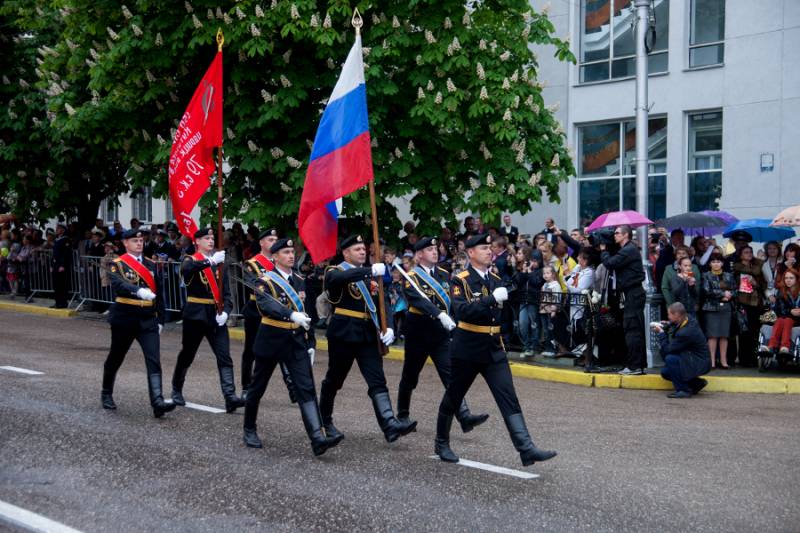
Now dlinnoklinkovoe cold weapons of the army can be seen only in parades. Photo of the Ministry of Defense of the Russian Federation
By the beginning of the 19th century, firearms were firmly fixed on the battlefields, and by the end of the same century, they had become the main armament of all developed armies. Melee weapons, including sabers, faded into the background. In such a situation, the soldier’s long training in handling blades simply did not make sense: he had to be taught to handle a rifle, which led to obvious consequences. Melee weapons retained their potential only in cavalry, whose combat work had its own characteristics. In addition, it could be used in some other structures that are not directly related to an open clash with the enemy army.
In the conditions of a sharp reduction in the number of battles on cold weapons, cavalry and other types of troops were able to choose weapons that are simpler in production and use. They were checkers of several varieties, entered service at the end of the XIX century.
It is not difficult to notice that the sabers and checkers were used at different times and in different conditions. This suggests that both of these classes of cold weapons have sufficient characteristics and are optimal for their conditions. While the blades dominated the battlefield, the chopping saber remained in service, and the complexity of mastering was compensated by the results of its use. In the future, the command considered it advantageous to move to the checker.
The evolution of cold weapons lasted for many hundreds of years and led to the emergence of a wide variety of samples for various purposes, differing in characteristics and capabilities. During these processes gunsmiths from different eras and countries created a great many varieties of sabers, which remained in service until the recent past. However, in the case of the Russian army, sabers eventually gave way to checkers. Conditions changed, and soldiers needed a different weapon.
On the materials of the sites:
http://zonwar.ru/
https://swordmaster.org/
https://militaryarms.ru/
http://popmech.ru/
http://forum.guns.ru/
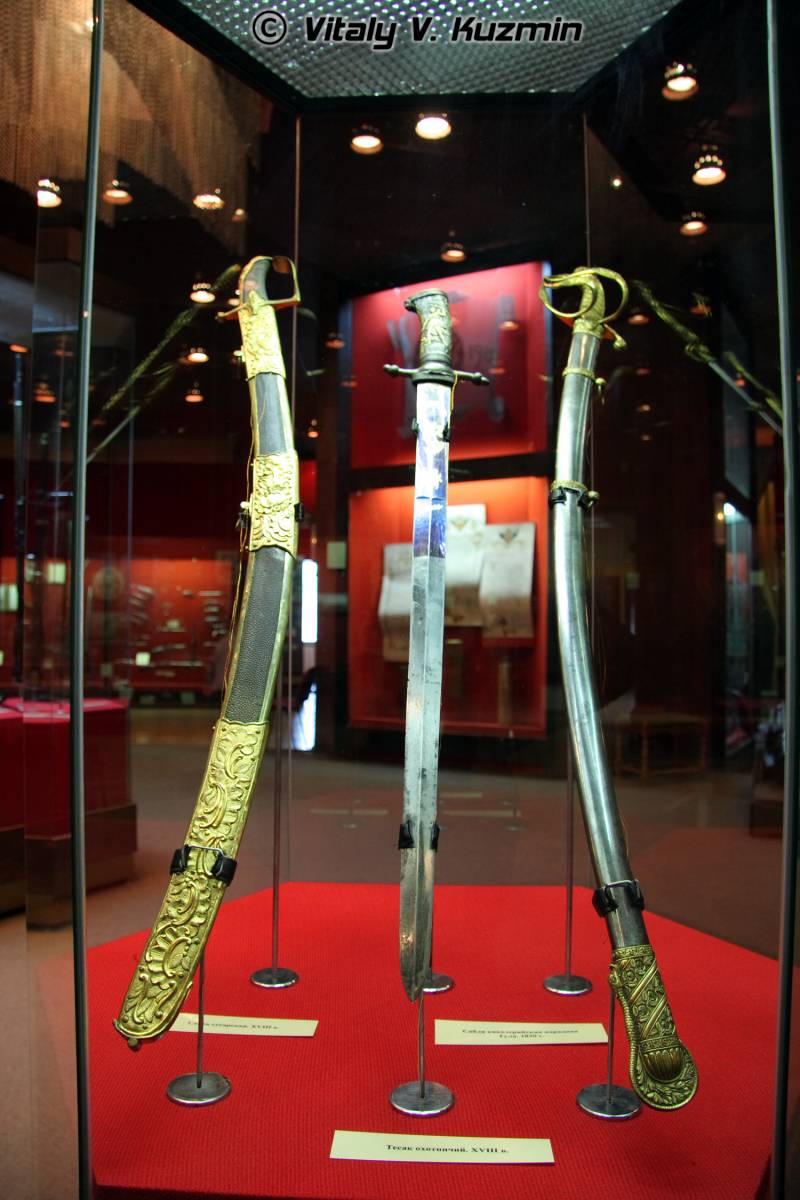
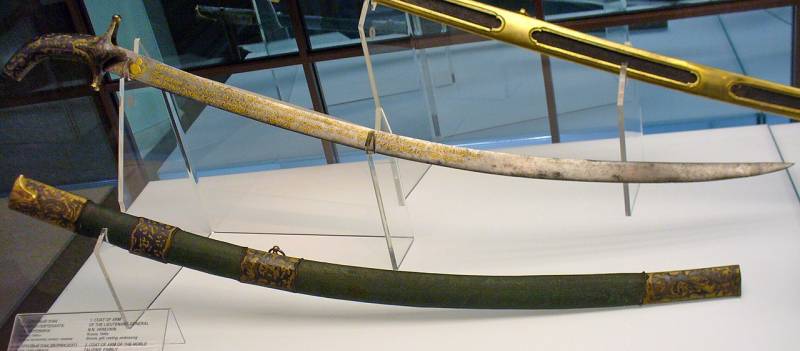
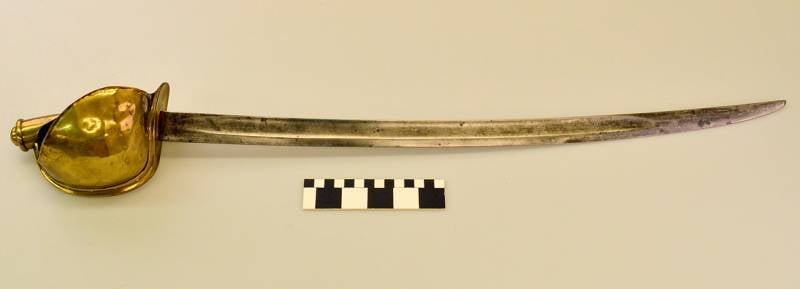
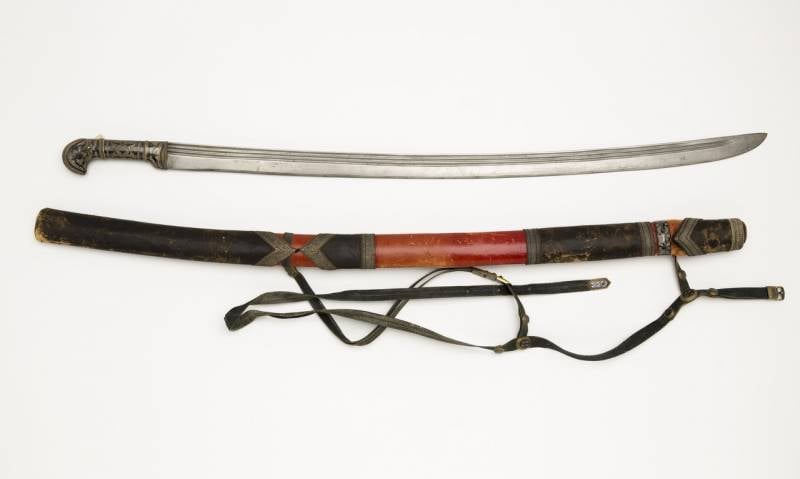
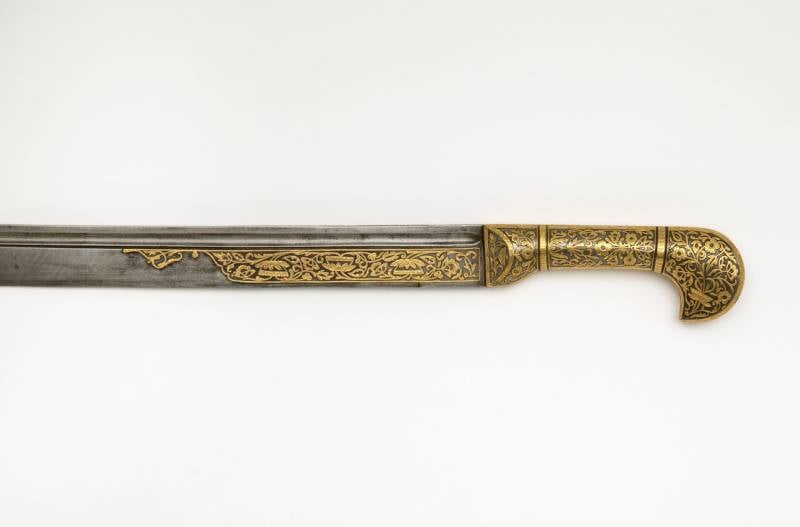

Information